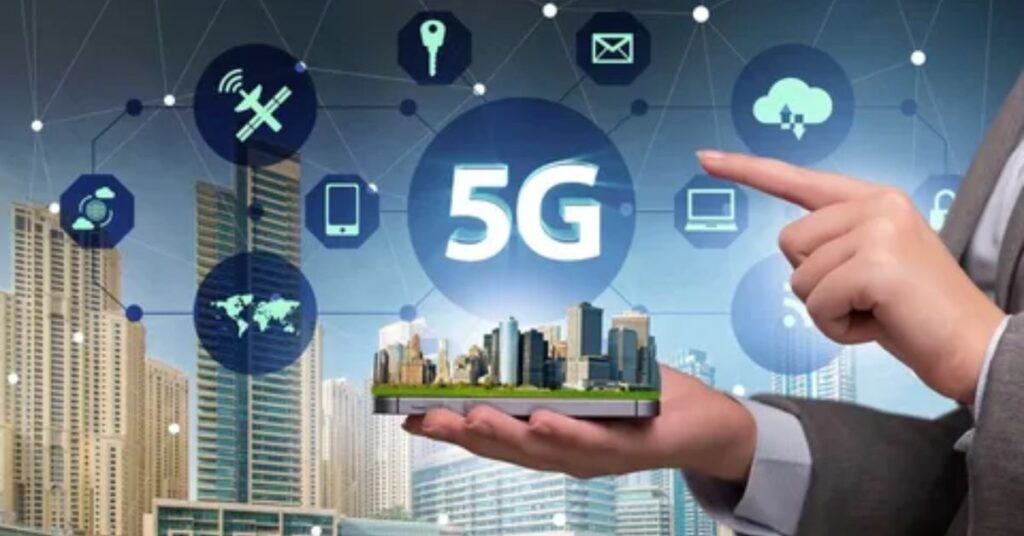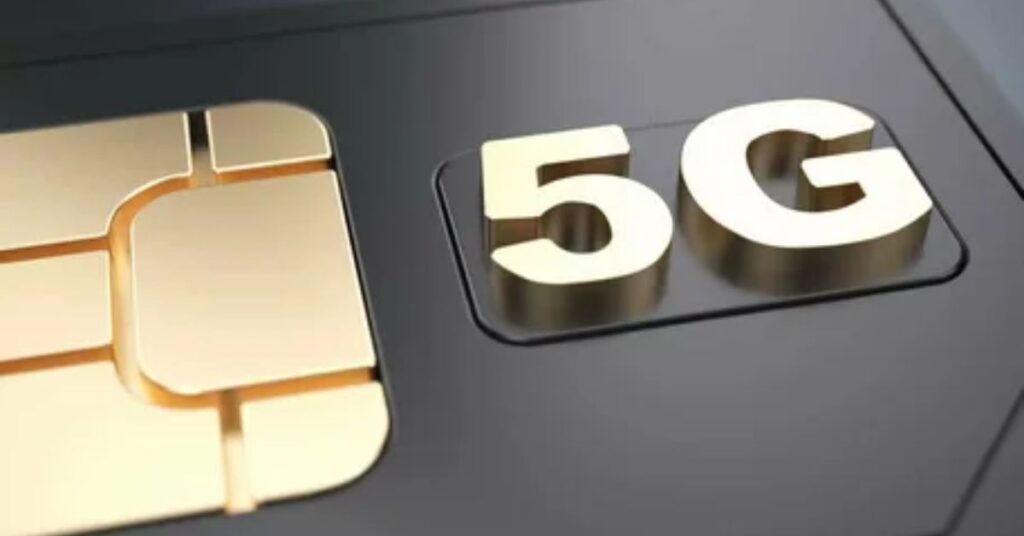5G technology is the latest generation of wireless communication. It promises to change how we connect to the internet, how devices communicate with each other, and how industries operate. In this post, we’ll explore 5G technology, its advantages, disadvantages, and the use cases that are transforming the world. If you’re in the USA, it’s important to understand how 5G will impact your daily life and the economy.
5G technology is the fifth generation of mobile networks. It is designed to offer faster internet speeds, lower latency, and better connectivity than previous generations. While 4G brought us faster internet for smartphones, 5G takes things to the next level. With 5G networks, users can expect speeds up to 100 times faster than 4G. This means downloading a movie in seconds instead of minutes.
Why is 5G Important?
5G technology is not just about faster internet; it’s about enabling new ways to connect and communicate. The impact of 5G goes beyond smartphones, reaching fields like IoT (Internet of Things), smart cities, healthcare, and even autonomous vehicles. 5G will power data-intensive applications like remote surgeries and connected devices that need ultra-reliable, low-latency connections.
One of the most exciting aspects of 5G is its role in Industry 4.0, where automation, robotics, and 5G-enabled automation will revolutionize manufacturing. Cities will become smarter, with smart city infrastructure powered by 5G helping reduce traffic, improve energy efficiency, and enhance public services.
Advantages of 5G Technology

The benefits of 5G technology are vast. First, the faster speeds and improved bandwidth mean high-speed internet can be available to more people in more places. Whether you’re streaming videos, working remotely, or gaming, 5G provides a seamless experience. This will support data-intensive applications like augmented and virtual reality (AR/VR), transforming industries like entertainment and education.
Another major advantage of 5G is its ability to support Massive Machine Type Communication (mMTC). This means that 5G can handle a massive number of devices, making it ideal for IoT and connected devices. From smart homes to precision agriculture, 5G will connect devices that need real-time data to function properly.
You May Also read the Article: American Fashion Style Secrets: What’s Trending This Year?
Disadvantages of 5G Technology

Despite all its potential, 5G technology comes with some challenges. The biggest issue is 5G infrastructure. Building the necessary network of small cells and towers, especially in rural areas, can be expensive and time-consuming. While 5G networks are being built across the USA, full coverage is still some years away.
There are also concerns about health risks associated with 5G‘s high-frequency radiation, especially with the use of mmWave spectrum. Though studies show no significant harm, these concerns persist in some communities. Additionally, 5G-enabled automation could lead to job displacement in certain industries, as machines take over more tasks.
How Does 5G Work?
5G networks use a combination of different frequency bands to deliver fast speeds and low latency. Low-band 5G provides wide coverage but slower speeds, while mid-band 5G offers a good balance between speed and coverage. High-band mmWave spectrum delivers ultra-fast speeds, but it doesn’t travel as far and is more easily blocked by obstacles like buildings.
A key technology in 5G is network slicing. This allows providers to create specialized networks for different use cases. For example, 5G-enabled edge slicing could create a separate, faster network for autonomous vehicles, ensuring real-time communication between cars and infrastructure. Edge computing also helps by processing data closer to the user, reducing delays in communication.
Key Features of 5G Technology
There are several standout features of 5G technology that make it so powerful. First is its ultra-low latency, which is vital for applications like remote surgeries or autonomous vehicles, where even a slight delay could be dangerous. 5G also supports ultra-reliable low-latency communication (URLLC), which is necessary for mission-critical applications such as connected vehicles or industrial automation.
5G also supports a huge number of devices—billions of them. This feature, known as Massive Machine Type Communication (mMTC), is what will make smart cities and IoT possible. Everything from smart thermostats to healthcare IoT sensors will rely on 5G to connect and share data in real-time.
Who Benefits from 5G?
Everyone can benefit from 5G technology, but some sectors will see the most significant impact. Consumers will enjoy faster download speeds, better streaming, and smoother gaming experiences. Businesses will benefit from 5G-enabled edge slicing and low latency communication, improving productivity and innovation.
Industries like healthcare, transportation, and manufacturing will be able to adopt new technologies like machine-to-machine communication and autonomous vehicles. Smart cities will improve urban living by optimizing traffic flow, energy use, and public services, thanks to 5G networks.
Challenges in Adopting 5G
While the promise of 5G technology is exciting, there are still significant hurdles to overcome. The main challenge is building out the required 5G infrastructure. This includes adding small cells to urban areas and laying fiber optic cables to ensure fast, reliable connections. Deployment is particularly challenging in rural areas where infrastructure is less developed.
Another issue is the cost of upgrading devices to be 5G-enabled. Consumers and businesses will need to purchase new smartphones, computers, and other equipment that can support 5G speeds. Security is also a concern, as the more interconnected world of 5G presents new opportunities for cyberattacks.
The Future of 5G
Looking ahead, the future of 5G technology is bright. It will drive the next wave of technological innovation, from connected devices to autonomous vehicles. By 2030, 5G networks are expected to be in full swing, with global coverage and widespread adoption of 5G-enabled automation. 5G will continue to enhance high-speed internet and support data-intensive applications, transforming industries like healthcare, transportation, and manufacturing.
As 5G networks evolve, we may even see the early stages of 6G, a new generation of wireless technology that promises even faster speeds and more reliable connections. The future of 5G technology is not just about speed—it’s about creating smarter, more efficient systems that benefit people and industries worldwide.
FAQ’s
What is 5G technology in simple terms?
5G is the fifth generation of wireless technology, offering much faster internet speeds, lower delays, and the ability to connect more devices than previous generations.
How does 5G compare to 4G?
5G is significantly faster than 4G, with speeds up to 100 times faster, allowing for quicker downloads, smoother streaming, and improved connectivity for devices.
What are the major challenges of 5G implementation?
The main challenges include the high cost of building the necessary infrastructure, especially in rural areas, and the need for new devices to support 5G networks.
Conclusion
In conclusion, 5G technology is set to revolutionize how we connect, communicate, and interact with the world around us. Its lightning-fast speeds, low latency, and ability to support countless devices will transform industries such as healthcare, manufacturing, and transportation. From autonomous vehicles to smart cities, 5G will enable innovations that were once considered impossible, driving economic growth and improving everyday life.However, the road to widespread 5G implementation is not without challenges. The cost of upgrading infrastructure, particularly in rural areas, and the need for 5G-enabled devices can slow down adoption. Despite these hurdles, the potential of 5G to create smarter, more efficient systems makes it a vital technology for the future.







